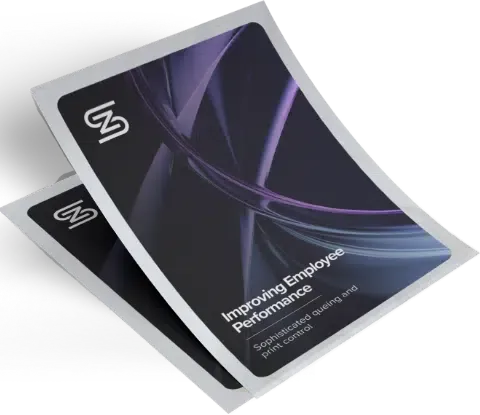Introduction
The Dispatch Department in print-on-demand businesses is where you can easily make or lose significant money – not just in the provider selection process, but also in the labor involved in getting your orders out the door.
One case that struck me is a potential client that we subsequently implemented. They had loaded up their Dispatch process with a heap of activities from rate shopping to label overprinting and the entire flow had just become bogged down with activities that made some shipments take as much as three minutes from scan to label print – it was just too long! The item level ship cost gains had become overwhelmed by labor cost.
So the solution was to implement our Dispatch “Pre-Consignment” function – but more on that later.
The Traditional Dispatch Challenge
Typically, the dispatch process when using multiple third party logistics providers involves multiple time-consuming steps: choosing package types, forming consignment objects, obtaining quotes from providers, selecting the cheapest option, running the consignment, generating labels, and finally printing them. This intricate process, while thorough and perfect for stripping shipping cost, is a major time sink.
At the site I mentioned above not only were the Dispatch Operators waiting up to three minutes (although often much less) for a label to print but they also were dealing with address and logic errors that could have been handled days prior in upstream workflow!
How ZenSmart Pre-Consignment solved the problem
ZenSmart’s pre-consignment process is engineered to streamline this entire operation.
Here’s how it fundamentally changed the game:
- Autodispatch Feature: By setting a station to ‘autodispatch’, any item scanned at that station is marked as ‘ready for consignment’. This triggers the pre-consignment process. You normally allocate this stage to the workflow stage immediately before shipping.
- Efficient Consignment Build-up: Once all items in an anticipated shipment are ready for dispatch, ZenSmart automatically begins building the consignment and initiates the dispatch process in the background.
- Asynchronous Action: The process efficiently defines package types, creates consignment objects, and runs them through the dispatch module – all asynchronously. This means that these actions occur in parallel, without slowing down the workflow.
The Big Impact of Pre-Consignment
The major advantage of this approach is speed. By processing most steps in advance, the final dispatch trigger is reduced to a mere one to two seconds. Operators on the line experience almost immediate label printing post-scan, eliminating the wait time of traditional methods.
Considerations in Pre-Consignment
While pre-consignment primarily enhances performance, it does have its nuances such as the potential for early notifications, i.e. notifying logistics providers or customers prematurely about shipments, which requires additional management outside the ZenSmart system. Striking the right balance is therefore crucial and implementing pre-consignment is a decision that balances improved dispatch efficiency against the timing of those shipment notifications.
Conclusion
ZenSmart’s pre-consignment process is a good example of how technology can be leveraged to enhance the efficiency of print-on-demand operations.
By addressing and significantly reducing the time taken in the dispatch process, ZenSmart not only streamlines operations but also enhances overall productivity and cuts costs.
Explore Efficient Dispatch Solutions with ZenSmart
To learn more about how ZenSmart’s pre-consignment process can transform your dispatch operations and enhance efficiency, visit zensmart.ai.
10 opportunities to cut costs in Custom and On Demand manufacturing – Introduction




